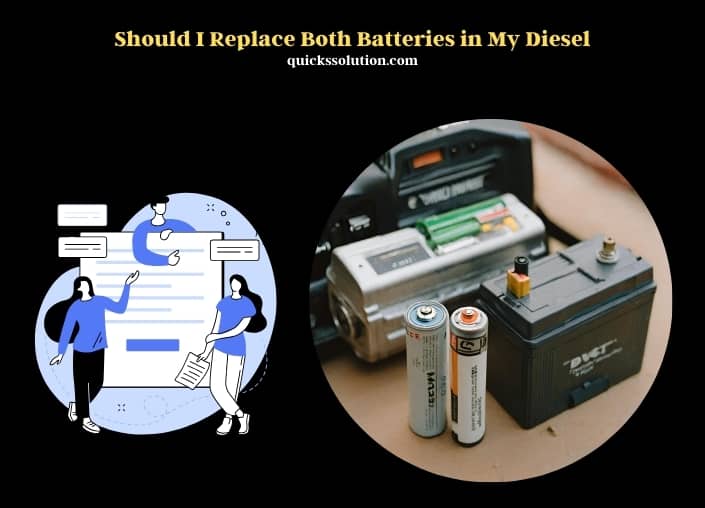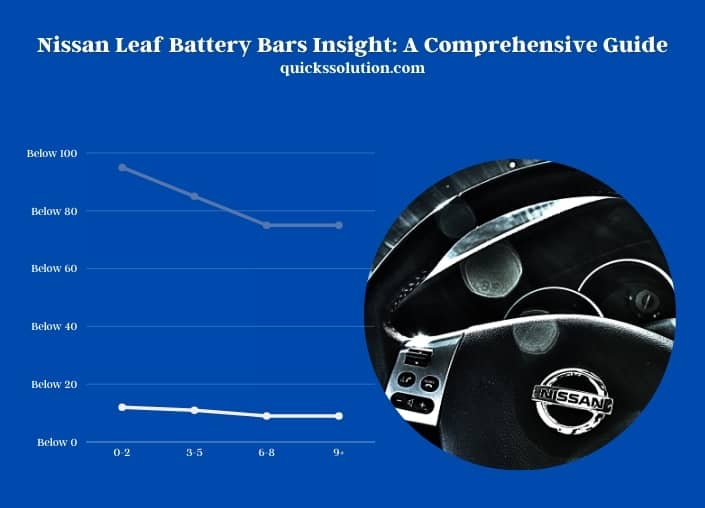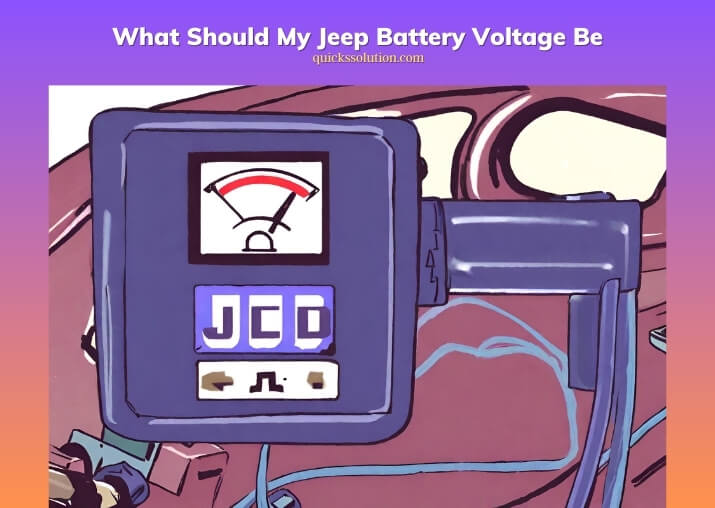Published on: July 25, 2023
Written by John Stevens / Fact-checked by Hashim Manna
A battery change may cause power locks to stop functioning due to an interrupted connection between the key fob and the car’s central locking system. Checking the signal of the key fob at a dealership may help to pinpoint the issue.
The problem might be localized, as sometimes the power lock may only malfunction on one door. There could be instances where the power door lock is not working specifically on the passenger side or the driver’s side. It’s useful to test all the doors individually to diagnose the extent of the issue. In some cases, the locks might click but won’t lock, which may indicate a mechanical problem or a failing door lock relay. A detailed examination of each door lock can provide insights into the fault.

There are different ways to reset automatic door locks, including a combination of key turns and button presses. A car manual or a professional mechanic can provide specific steps for your vehicle model. Remember, power locks might not work when the car is off due to energy conservation design in some vehicles.
Sometimes, a passive door lock might stop working. This could be because the car’s system hasn’t recognized the key fob’s proximity. Ensuring the key fob is within range can resolve this issue.
Lastly, a similar issue can happen with home security systems, like Schlage locks not functioning after a battery change. Checking the manufacturer’s guidelines for a battery reset procedure can rectify this problem.
In general, a systematic examination of each part of the lock system, including the door lock relay, is necessary to troubleshoot power lock problems. Whether the trouble is with a single door or the entire system, finding the right solution often comes from a process of elimination.
The Battery-Power Lock Connection
Role of Battery in Power Lock Functioning
The battery in your car has a crucial role in the operation of power locks. It supplies the energy needed to engage and disengage the locks at the touch of a button. Without this energy, the lock mechanism wouldn’t function, rendering the power locks useless.
Impact of Battery Replacement on Power Locks
Replacing a car battery is a common maintenance task. Still, it could occasionally lead to issues with power locks. The interruption of power during battery replacement might potentially cause a temporary malfunction in the power lock system.
| Battery Functions | Impact on Power Locks |
| Provides Electrical Energy | Powers the Lock Mechanism |
| Supplies Voltage to Circuits | Operates Key Fob and Central Locking |
Initial Steps: Identifying the Problem
Assessing Power Lock Performance
Should you notice your power locks not functioning correctly after a battery change, it’s necessary to evaluate their performance. Does the issue persist with all doors or just one? A thorough assessment of all your vehicle’s doors could help pinpoint the problem.
Potential Causes of Power Lock Failure
Numerous factors could lead to power lock failure. From a malfunctioning key fob to damaged wiring or a faulty lock actuator, many elements play a part in the functioning of power locks.
The In-Depth Diagnosis
All About Wiring and Fuses
If the problem persists with a new battery, a logical step is to inspect the wiring and fuses associated with the power lock system. Damaged wiring or blown fuses can disrupt the flow of electrical current needed to operate the locks.
The Key Role of Lock Actuator
The lock actuator is the heart of the power lock system. It’s the device that physically locks and unlocks your car doors. A faulty lock actuator could result in non-operational power locks.
Key Fob Malfunctions
The key fob is an essential component that sends signals to lock and unlock the doors. If it’s not working properly, it might not send the appropriate signals, making the power locks non-responsive.
| Component | Function | Symptoms of Failure |
| Wiring and Fuses | Transfers Electrical Current | Power Locks Non-Operational |
| Lock Actuator | Converts Electrical Energy into Mechanical Motion | Failure in Locking/Unlocking Action |
| Key Fob | Sends Unlock/Lock Signal | No Response from Power Locks |
Practical Solutions: Fixing Power Locks
How to Repair or Replace Damaged Wires and Fuses
Once you’ve identified damaged wires or blown fuses, the next step is to repair or replace them. Repair might involve soldering broken wires, while replacement involves purchasing new wires or fuses and installing them.
Steps for Fixing or Replacing a Defective Lock Actuator
Fixing a defective lock actuator might be a bit more complex and could require professional help. If it’s beyond repair, replacement with a new unit will be necessary.
Resolving Key Fob Related Issues
If the key fob is at fault, replacing its battery might resolve the issue. If not, you’ll need to take your key fob to a dealership to ensure it’s sending the correct signal.
Knowing Your Limits: Professional Help
Identifying the Boundaries of DIY Fixes
As much as you may want to fix the power lock issues yourself, recognizing the limits of your ability is crucial. Complex components like the lock actuator or intricate wiring might require a professional’s touch to avoid causing further damage.
Choosing the Right Mechanic or Dealership
Picking a reliable mechanic or a trusted dealership ensures your car gets the best service. A professional will not only address the existing issue but could also identify other potential problems you might overlook.
Maintaining Power Locks: Preventive Measures
Routine Check-ups
Regular check-ups of your vehicle, including the power lock system, can prevent minor issues from escalating into major ones. This proactive measure could save you a lot of time, stress, and money in the long run.

Best Practices for Battery Replacement
Ensuring the right procedure during battery replacement could prevent a multitude of issues, including those with power locks. Using a memory saver device during replacement can preserve the settings and configurations in your car.
Taking Care of Your Key Fob
Maintaining your key fob in good condition can go a long way in ensuring the smooth functioning of your power locks. Regular battery changes and proper handling can keep your key fob operational for longer.
| Maintenance Activity | Frequency | Benefits |
| Power Locks Check-up | Every 6 months | Detects Early Signs of Damage |
| Key Fob Battery Replacement | 1-2 Years | Ensures Consistent Signal |
| Overall Car Service | Annually | Comprehensive Maintenance of Vehicle |
FAQs
What Can Cause My Automatic Locks Not to Work?
Several factors can cause automatic locks to stop working, including a dead key fob battery, blown fuses, damaged wiring, or a faulty lock actuator. It’s advisable to troubleshoot these areas to determine the issue.
Why Does My Driver Door Lock Switch Not Work?
Your driver door lock switch might not work due to a faulty lock actuator, blown fuse, or issues within the wiring system. You may need to examine these components or seek professional help.
Can Schlage Keypad Stop Working After a Battery Change?
Yes, a Schlage keypad can stop working after a battery change, mainly if the replacement wasn’t done correctly or if a wrong type of battery was used. Always follow manufacturer instructions for battery replacement.
Why Does My Door Lock Only Work on One Side?
If a door lock works only on one side, it’s likely a mechanical issue within the lock mechanism itself. It could also be due to an electrical problem if you’re dealing with power locks.
What Should I Do If Power Locks Are Not Working on All Doors?
If power locks aren’t working on all doors, you might be dealing with a systemic issue, like a faulty control module, a blown fuse, or widespread wiring issues. A thorough diagnosis by a professional is recommended.
Is My Driver Side Door Lock Not Working a Common Issue?
Yes, it’s a fairly common issue, often resulting from a worn-out lock actuator, a problem with the wiring, or even a failing key fob. A proper diagnosis will identify the root cause.
Can Auto Locking of Car Doors Stop Functioning?
Yes, the auto-locking feature can stop functioning due to a variety of reasons, including a faulty control module, an issue with the car’s internal computer, or problems with the lock mechanism itself.
Read more:



